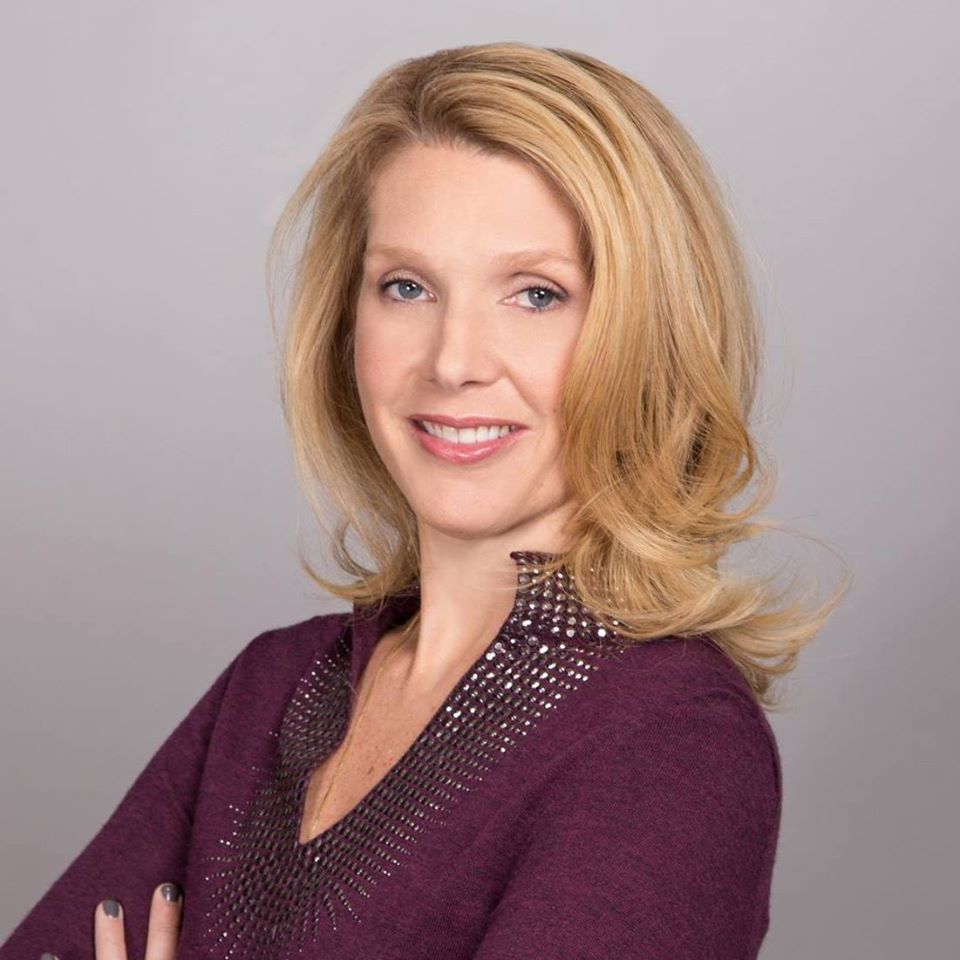 In this week’s member guest blog post we caught up with Samantha Stetson, VP, Client Council and Industry Trade Relations at Meta. Samantha announces Meta’s new inventory filters and discusses how AI can give advertisers more control, Third-party brand suitability, and how to remain committed to transparency and accountability. For a great piece with great insight into new developments at Meta and how they can help you, keep reading below.
In this week’s member guest blog post we caught up with Samantha Stetson, VP, Client Council and Industry Trade Relations at Meta. Samantha announces Meta’s new inventory filters and discusses how AI can give advertisers more control, Third-party brand suitability, and how to remain committed to transparency and accountability. For a great piece with great insight into new developments at Meta and how they can help you, keep reading below.
We’re proud to announce that Meta’s new inventory filters for Facebook and Instagram Feeds are now rolling out to advertisers in English- and Spanish-speaking markets. Our third-party verification solution for Facebook Feed is also now available through Zefr and additional Meta Business Partners will onboard in the coming months. These developments highlight our ongoing collaboration with industry partners and the critical work we’re doing to meet the needs of advertisers today. Please see video here.
Using AI to give advertisers more control
We previously announced our commitment to building tools that give advertisers more control over the proximity of their ads to suitable content. AI is one of the driving forces behind these industry-leading solutions. We built a multi-stage AI review system to classify content for advertisers to ensure brand suitability controls are in place. These models will complement our existing technology, which already identifies content that violates or potentially violates our Community Standards and Guidelines. This system learns to classify content in Facebook and Instagram Feeds – not only text but also video and images – to determine if it meets our monetisation policies; if it does not, the content is not eligible to have ads appear above or below it. When content is found to be eligible for ad adjacency, the models assign it to a suitability category.
We’ve spent many years working closely with partners in the industry, including the Global Alliance for Responsible Media (GARM), an industry trade organisation created to ensure that harmful content is not monetised. We’ve developed controls that align with GARM’s Suitability Framework, which defines high, medium, and low-risk content. Advertisers can now choose from the following three settings to control the type of monetisable content that can appear above and below an ad:
Later this year, we’ll expand these controls to support additional languages and make them available to advertisers in more countries. We’ll also start testing them on additional placements including Reels, Stories, Video Feeds and other surfaces across Facebook and Instagram as we learn more about advertiser preferences to improve and enhance this technology.
Third-party brand suitability verification is available for Facebook Feed
We’ve also been working with Zefr to test and build an independent AI-powered solution to report the context in which ads appear on Facebook Feed. In early testing, we found through third-party verification with Zefr, that less than one percent of content on Facebook Feed falls into the high-risk GARM suitability category.
Zefr’s AI product assesses video, image, text, and audio to label Feed content based on the GARM suitability standards. The solution allows advertisers to measure, verify and understand the suitability of content near their ads to help them make informed decisions in order to reach their marketing goals.
Meta will be rolling out this verification and measurement solution to additional badged Meta Business Partners this year.
Remaining committed to transparency and accountability
Beyond our suitability controls, we take action on content that violates our Community Standards and Guidelines. Each quarter, we publish the Community Standards Enforcement Report, which shows how we’re doing at enforcing our policies. This report was independently assessed by EY last year and we’re proud to be the first social platform to have our metrics assessed by a third party, demonstrating our commitment to transparency and accountability.
Last November, we received accreditation from the Media Ratings Council (MRC) for our Partner Monetisation Policies, Content Monetisation Policies, and associated content-level brand safety and suitability controls applied to Facebook In-Stream Video. We will be expanding the scope of MRC’s audit to include additional advertiser-facing controls (like the inventory filters for Facebook and Instagram Feeds) as we make them more widely available.
These solutions are important milestones in our ongoing brand safety and suitability efforts. We are committed to giving advertisers more control and transparency and will continue ensuring our work has independent oversight.
For more detail on Meta’s brand safety and suitability methodology, please visit our brand safety and suitability hub.

"*" indicates required fields